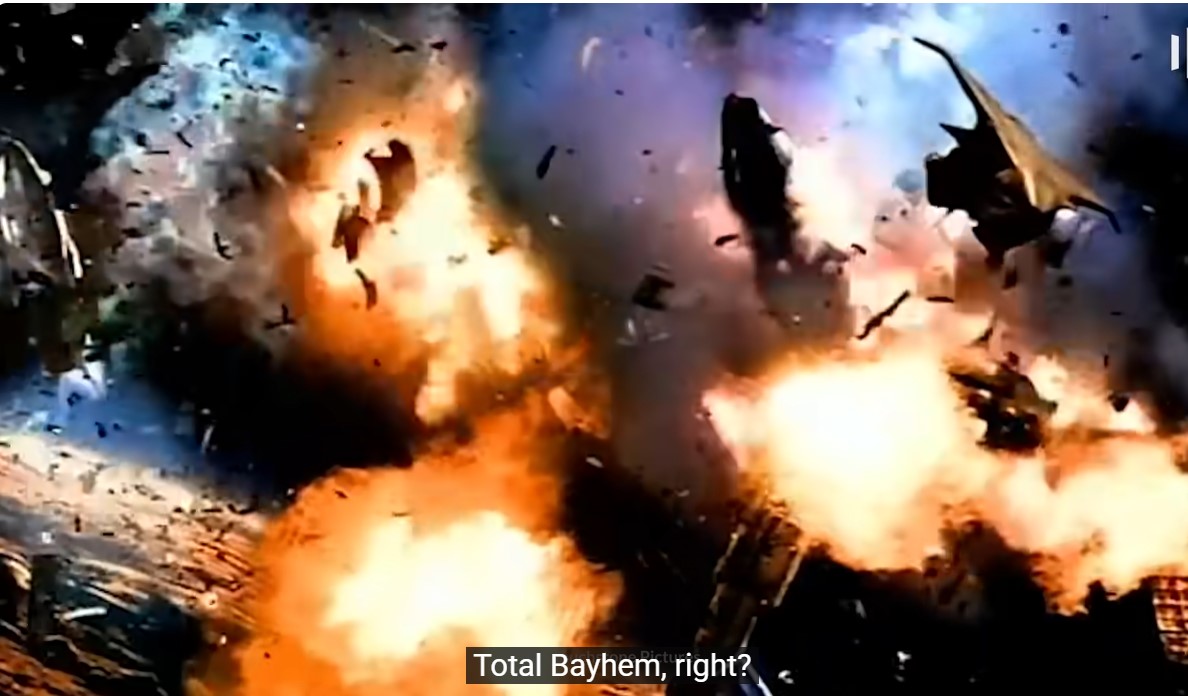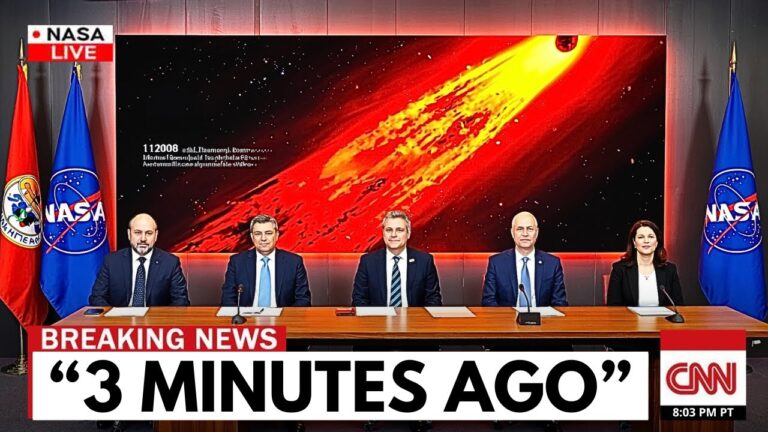A comet, whose potential for devastation eclipses that of any space rock ever encountered, is racing toward the inner solar system, raising alarm bells among scientists and space agencies around the globe. Named 3I/Atlas, this ancient celestial object has the potential to unleash unprecedented destruction upon Earth—a reality that many are struggling to comprehend.

Discovered only in 2025, 3I/Atlas represents the third confirmed interstellar object to traverse our solar neighborhood, and its characteristics are as alarming as they are fascinating. A comet composed largely of water and carbon dioxide ice interspersed with iron and nickel, 3I/Atlas measures between 440 meters and 5.6 kilometers in diameter. However, it’s not just the size that poses a grave threat—it’s the explosive speed at which it travels: a staggering 61 kilometers per second. This outrageously high velocity means that should 3I/Atlas take a turn toward Earth, the scale of destruction would far surpass that experienced during the Chicxulub impact, which was responsible for the extinction of the dinosaurs 66 million years ago.

Scientists and astronomers are scrambling to gather data on 3I/Atlas as it approaches perihelion—its closest point to the sun—set to occur in December 2025. At an astronomical distance of 1.8 astronomical units, or roughly 270 million kilometers away from Earth, it’s crucial to understand that while it won’t strike our planet, the mere existence of a celestial body with such potential raises a host of critical questions regarding Earth’s vulnerability to cosmic threats.


In a chilling hypothetical scenario, if 3I/Atlas were to collide with Earth, the ramifications would be catastrophic. Analysts draw comparisons to the infamous Chicxulub event, a collision that loomed large in Earth’s history, leading to mass extinctions and planetary upheaval. If 3I/Atlas were to strike at its current apocalyptic speed, it would deliver an impact approximately four and a half times more energetic than that of Chicxulub, with incalculable results. The immediate area of effect would be obliterated, while the cascading wave of destruction would incite wildfires, earthquakes, and tsunamis on a global scale.

Picture the horror as a superheated core of plasma erupts upon collision, incinerating anything within hundreds of kilometers. The resulting shockwave would obliterate land and sea alike, instigating catastrophic hurricanes that would rush across the globe at speeds over 1,000 km/h, tearing down forests, cities, and the very fabric of civilization itself. The relentless rise of tsunamis would surge inland, swallowing continents whole, while the subsequent silt and debris thrown into the atmosphere would veil the sun for years—perhaps even decades.

The aftermath of such a collision would usher in a nuclear winter, plunging the planet into a deep freeze, quenching life-sustaining sunlight. Photosynthesis would cease, and entire ecosystems would collapse, leading to rampant starvation and ecological collapse. Over time, as the dust settles, the climate would swing wildly from a frozen abyss to scorching heat, but the havoc wreaked would leave nothing alive to witness this new world.
While the science community finds itself on high alert, monitoring 3I/Atlas, the potential for a near miss serves as a stark reminder of our cosmic vulnerability. The reality is, Earth exists in a dynamic and often perilous environment, where objects like 3I/Atlas are reminders that threats from the vastness of space are real and imminent. Fortunately, for now, 3I/Atlas is set to miss Earth, but as a society, we must engage with the implications of these encounters, heighten our readiness, and improve our tracking systems to protect our planet from a future calamity.

The existence of interstellar objects such as 3I/Atlas not only raises existential questions about the fragility of life on Earth but also spurs scientific curiosity. It is a chance to peer back into astrological history—perhaps billions of years—to explore the cosmic events that predate the formation of our solar system and could illuminate our understanding of the universe in ways we have yet to grasp fully.

So while 3I/Atlas may presently be passing us by at a safe distance, the urgency to research such objects cannot be overstated. As scientists continue to study these interstellar visitors, the implications of their existence could shape humanity’s future and the fate of our planet. In the race against time, the realm of astronomy urges us not to be complacent, not to wait until it’s too late to understand the vast, perilous night sky that envelops us. The cosmos above is not only a marvel but also a harbinger, a reminder that we are, at once, guardians of our planet and inexorably linked to the greater universe. All eyes must remain on the stars, and as they say, “To be forewarned is to be forearmed.”







